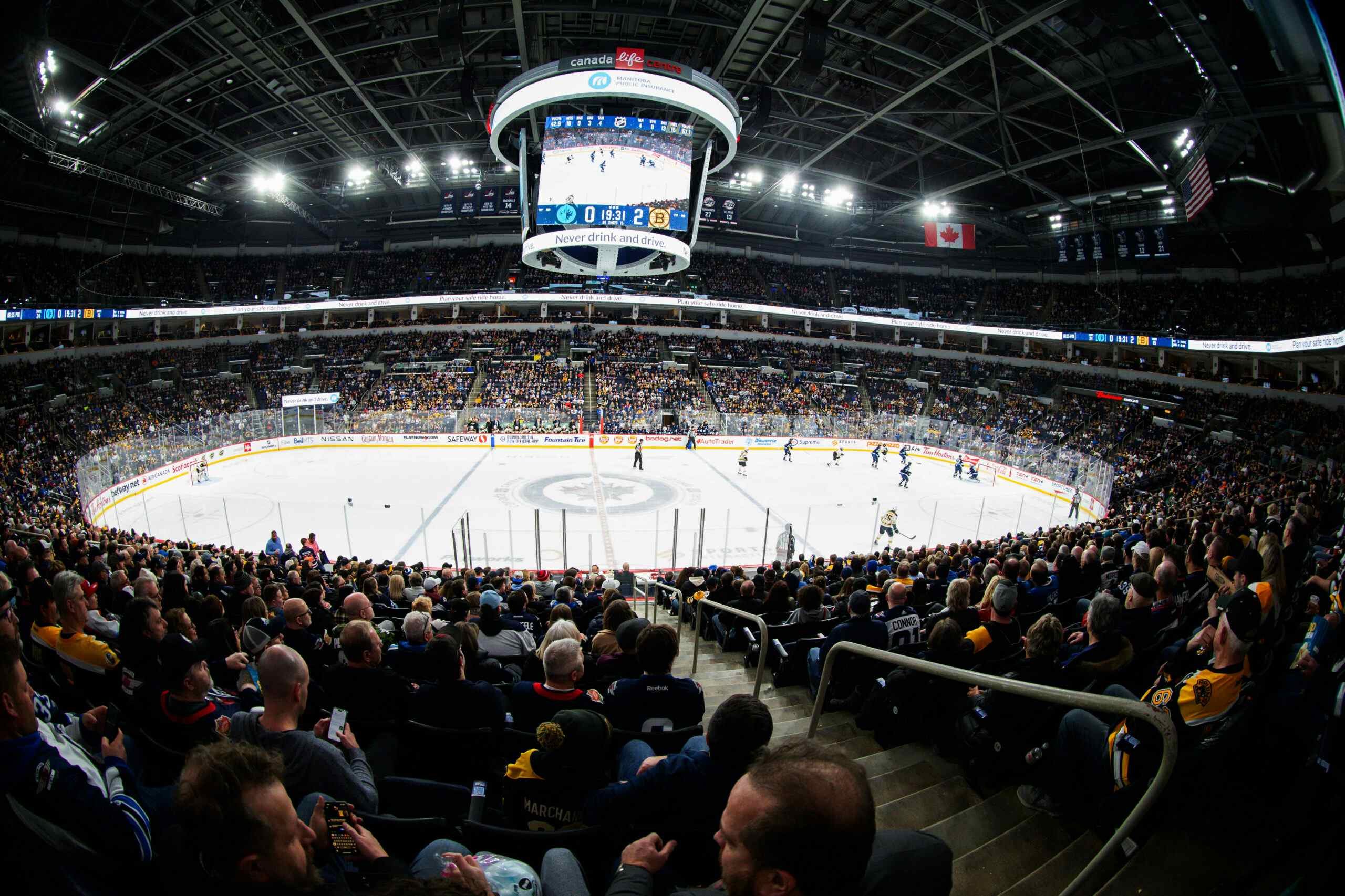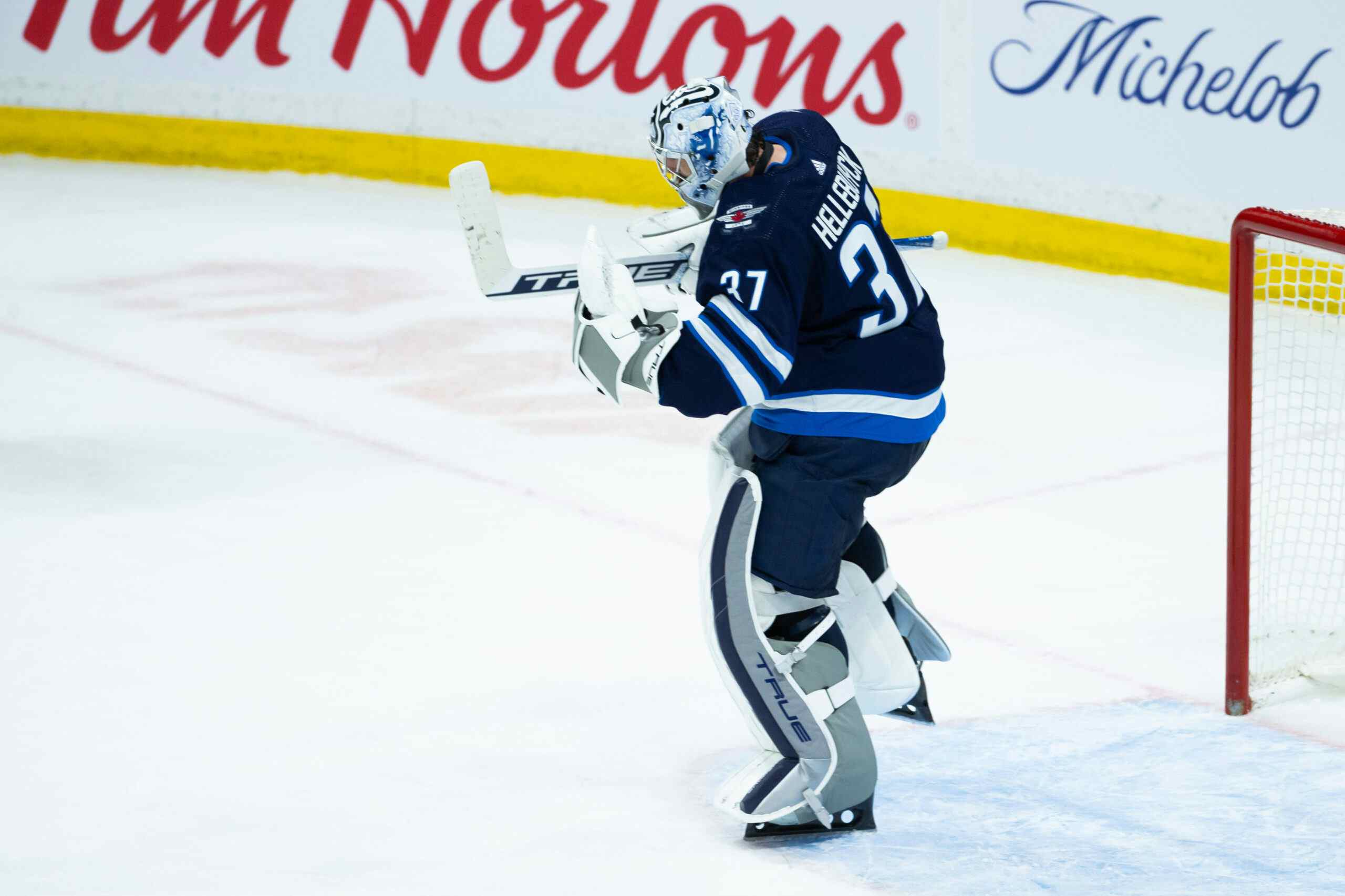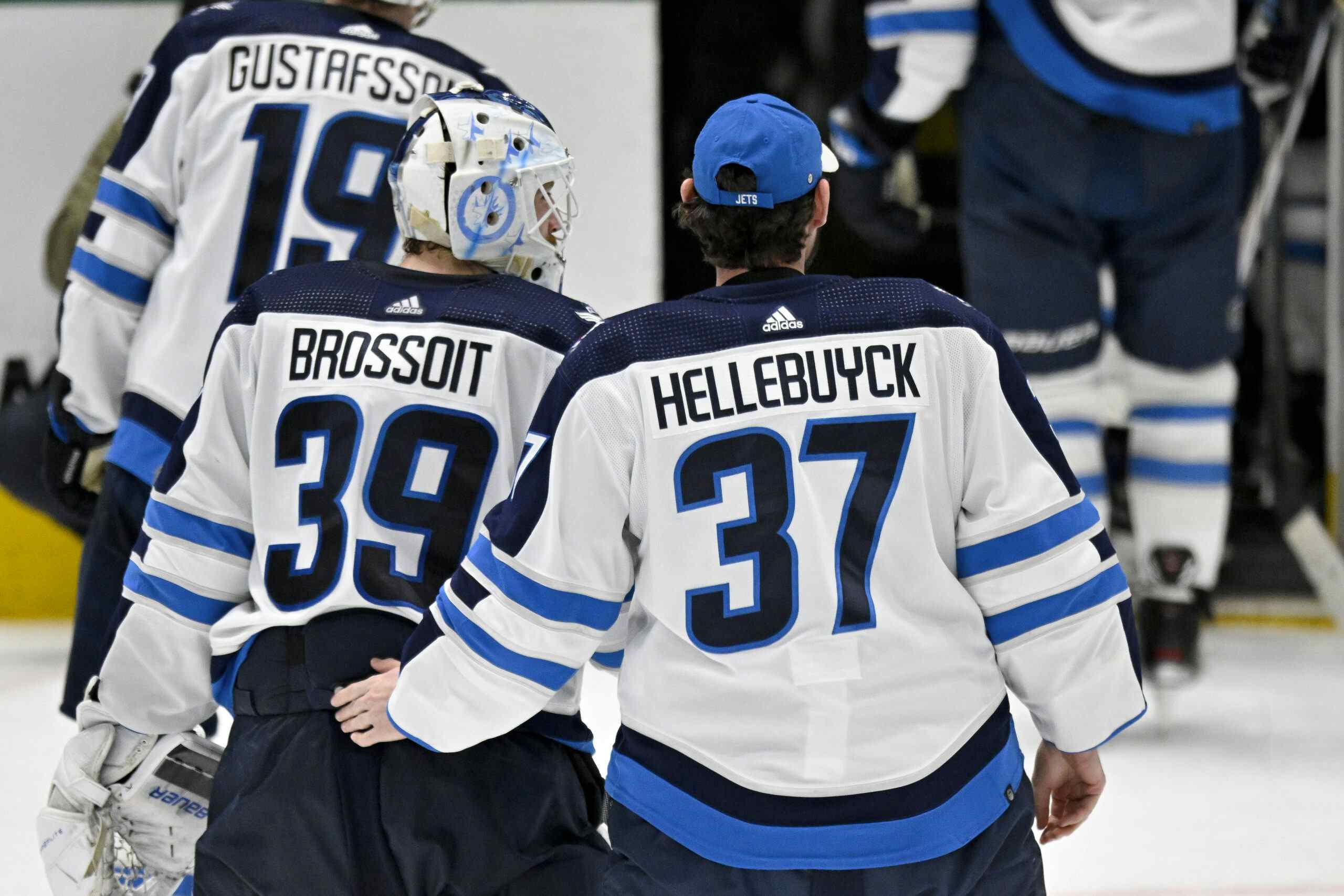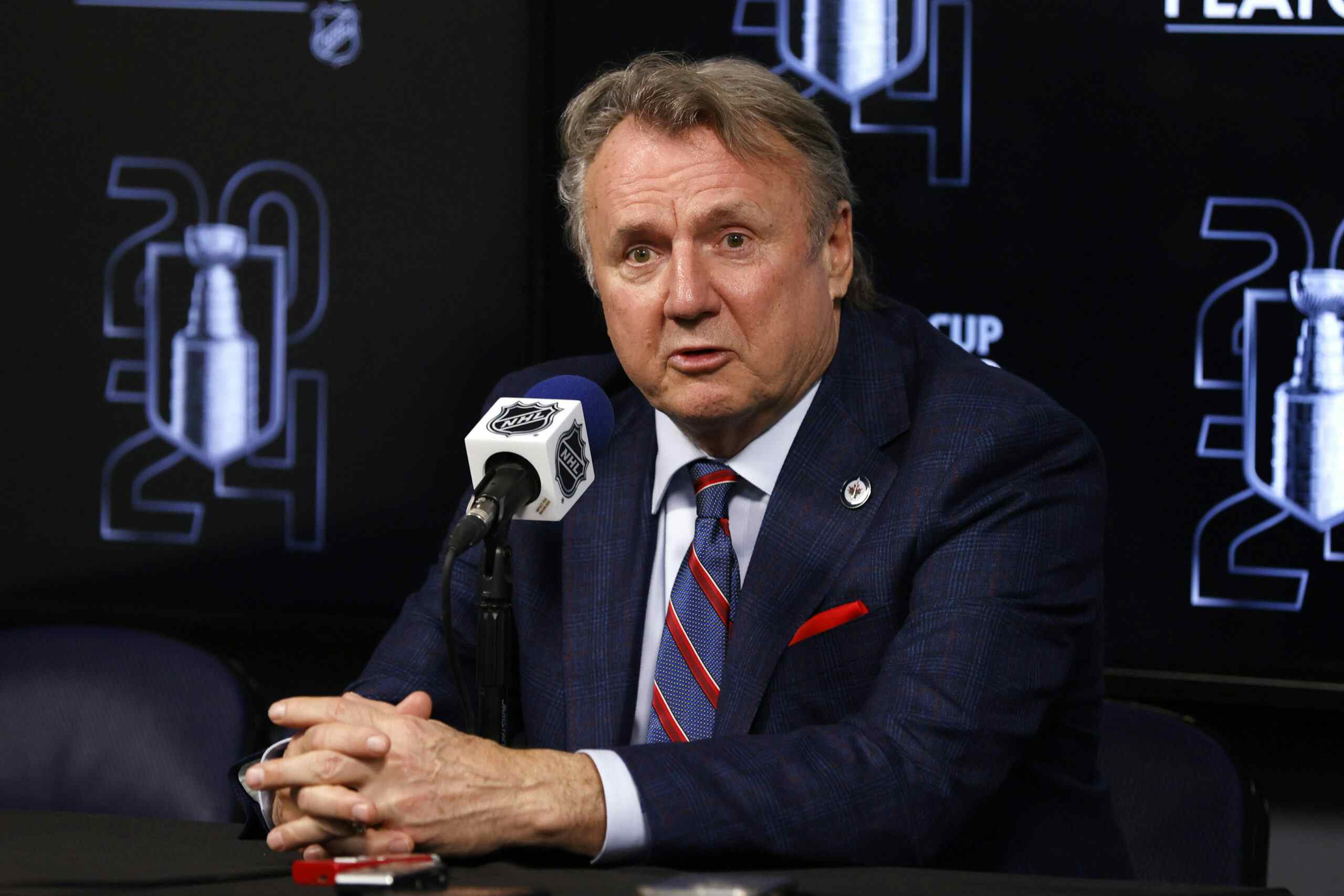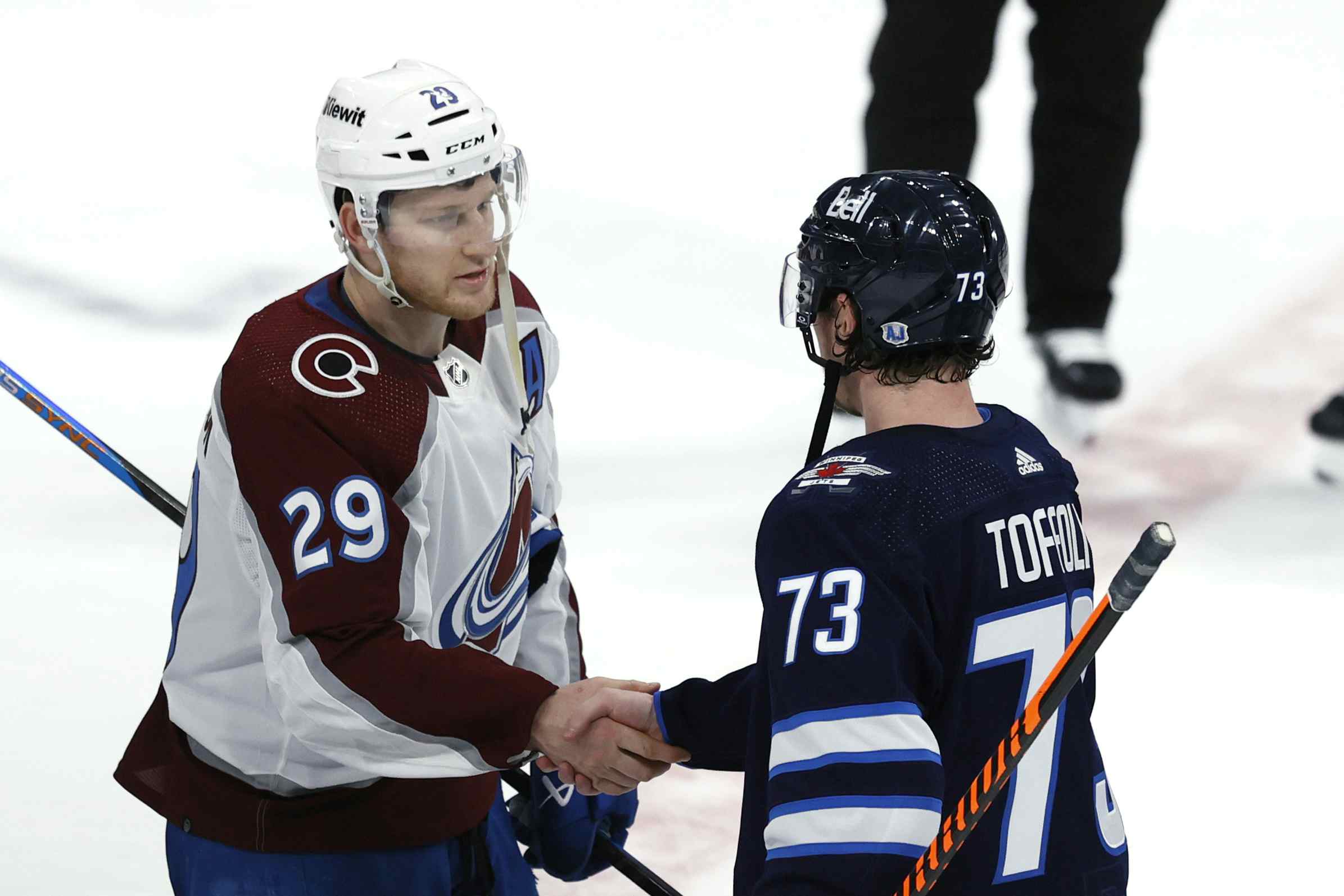By The Numbers: Thirteen games in shows a lot of growing pains
By Garret Hohl
7 years agoThe season has only just begun, with each team still needing to play about seventy or so games. However, with the entire league playing ten or more games already, one can draw some general expectations on future performance using statistics.
With a losing record and the team rarely winning, it is no surprise to fans that the Winnipeg Jets have struggled, but by how much?
Here are some quick points and thoughts on the numbers surrounding the Jets.
Traditional Stats

Numbers are for all situations and courtesy of stats.hockeyanalysis
The Jets currently hold a losing record of five wins and eight loses, one loss being in overtime against the Washington Capitals. Both their point total and overall goal differential places them ninth in the Western Conference.
With 34 goals, the team sits above average in goals scored, but below average when looking at goals per 60 minutes of play. The biggest struggles have come defensively, with the team allowing the 3rd most goals against at 41. The Jets have played a bit more than other teams, so their goals against pace is slightly better.
The Jets shot differentials are about even, which should not be surprising for a team that has spent the 6th most time on the Power Play, but are about league average in terms of minutes on the Penalty Kill.
While the Jets’ end-of-season ranking in save percentage could be similar to where they are right now, there is very little chance the team will end the season with a sub 900 save percentage. Early on we tend to see large extremes in save percentage, as it takes quite a while for goaltending performance to settle and wash away outliers.
Team Shot Metrics

Numbers are for 5v5 situations and courtesy of corsica.hockey and DTMAH’s private server
For many years, the Jets could have been statistically summarized as a league-average-to-strong 5v5 team (depending on the season) that needed help in goaltending, penalty differential, and special teams. The current rendition of the the Jets is an exception though.
While the team has indeed struggled in net and in special teams, they have greatly improved their penalty differential. Unfortunately the team has tanked in their 5v5 performance. Where the Jets were always a strong outshooting team at evens, and were decent in controlling shot quality, has seemingly come to an end.
The Jets have been a bottom five team in generating shots (CF/60) and having those shots being in the prime areas (SCF/60). While the Jets have been okay at shot suppression at evens (CA/60), the team has had a good chunk of them been prime shots (SCA/60).
I have added DTM About Heart’s expected goal model above, which –unlike the Corsica version– outperforms Corsi in predicting future outscoring and wins. Expected goal models add shot quality factors to shot quantity, creating a weighted shot model that is both explanatory and predictive of goals. We see once again that if the Jets are to continue playing as they have, the team should be looking at a top 10 (maybe even top 5) pick in the 2017 NHL entry draft.
Player Shot Metrics
Forwards

Jets with at least 50 minutes of 5v5 TOI this season, courtesy of Corsica
For the most part the Jets forwards have performed similarly or worse than previous seasons. Just by law of averages, especially with linematching having a lower impact as samples expand, we should expect the extrema to regress towards league mean, but not exceptionally so.
The Adam Lowry, Joel Armia, and Shawn Matthias line performed exceptionally well during their time together. The line seemed to have chemistry and understood what each player’s role was for their line. Unfortunately health with Armia and Matthias has ended things prior to this line being able to have a large impact on the Jets.
Both Alexander Burmistrov and Chris Thorburn have been outshot more than last season, although at least with Burmistrov his drop performance has been balanced with a drop in ice time (which could mean linemates are part of the cause for his drop), reducing the overall impact on the team.
The big differences to the team has been the drop in performance in Mark Scheifele, Mathieu Perreault, and Drew Stafford.
The Jets have outshot opponents when Scheifele has skated with either Blake Wheeler or Nikolaj Ehlers, but has struggled with Patrik Laine or Drew Stafford. Drew Stafford has always been an anchor on team shot differentials and needed to be carried, but this season he’s not been above 50% with a single linemate. Perreault has been the most out of norm, and likely to do with his linemates, with three of his four most common linemates being rookies Laine and Kyle Connor, plus the struggling Drew Stafford.
The Jets rookies Laine and Connor have both been exciting, but their performance in shot differentials leads a lot to be desired. The most commonly used forwards last season that do not appear on the Jets list are Bryan Little (53.2), Marko Dano (52.6), Andrew Ladd (51.1), and Andrew Copp (47.5). We can see that on average the combination of Matthias, Laine, Connor, and Brandon Tanev. have not been as strong two-way players as the forwards they have been replacing.
Defenders

Paul Postma and Tobias Enstrom have been around their normal performance, while Tyler Myers has been a tad better in his two-way play.
The biggest gap in the Jets play has been Ben Chiarot, who has been outshot far below replacement level player expectations. Chiarot’s performance has been at about par when extremely sheltered with Julian Melchiori, but has fallen apart with the Jets two other depth defenders, Postma and Mark Stuart.
Byfuglien has not been his usual self, and a good part of that is likely playing with rookie Josh Morrissey. While Morrissey has been proving himself a bonafide NHL player, he is likely not quite ready for the role he has been thrust into due to the absence of Jacob Trouba.
Trouba’s 51.1 Corsi% has been missed, especially when taking into account he spent most of that with the 47.5% Stuart of last season.
Final Thoughts: Sun around the horizon
The good news is things are likely to get better.
Some of the Jets best shot differential performers are just around the corner in returning to the Jets, creating a domino effect.
Bryan Little’s return should severely shore up the Jets depth and give the Jets three capable centres in taking tough assignments. This should alleviate some of the strain on Scheifele and Perreault. Matthias and Armia should hopefully be better soon, while Dano and Petan have been making a case that they are worth sticking around above some of the Jets’ other depth options.
On defense the return of Myers and the signing of Trouba should shore things up. The Jets should be able to put less stress on their top-four without having to shelter a pairing like Melchiori-Chiarot, and they could place Morrissey in a role where he can be expected to develop and succeed, like on the Jets third pair with Postma.
In addition, growing pains were (or at least should have been) expected with such a young team. Laine and Connor are exceptional talents. Combined with Wheeler and Ehlers, the Jets should be happy with their top-four wingers for quite some while. That said, they are still rookies and it will take them some time to be up to NHL speed and make up for their previous performance.
It will not always be so cloudy, even if it is currently raining.
Numbers courtesy of Corsica.hockey and stats.hockeyanalysis, and are score-and-venue-adjusted at 5v5 unless otherwise stated.
MORE FROM GARRET
Recent articles from Garret Hohl

